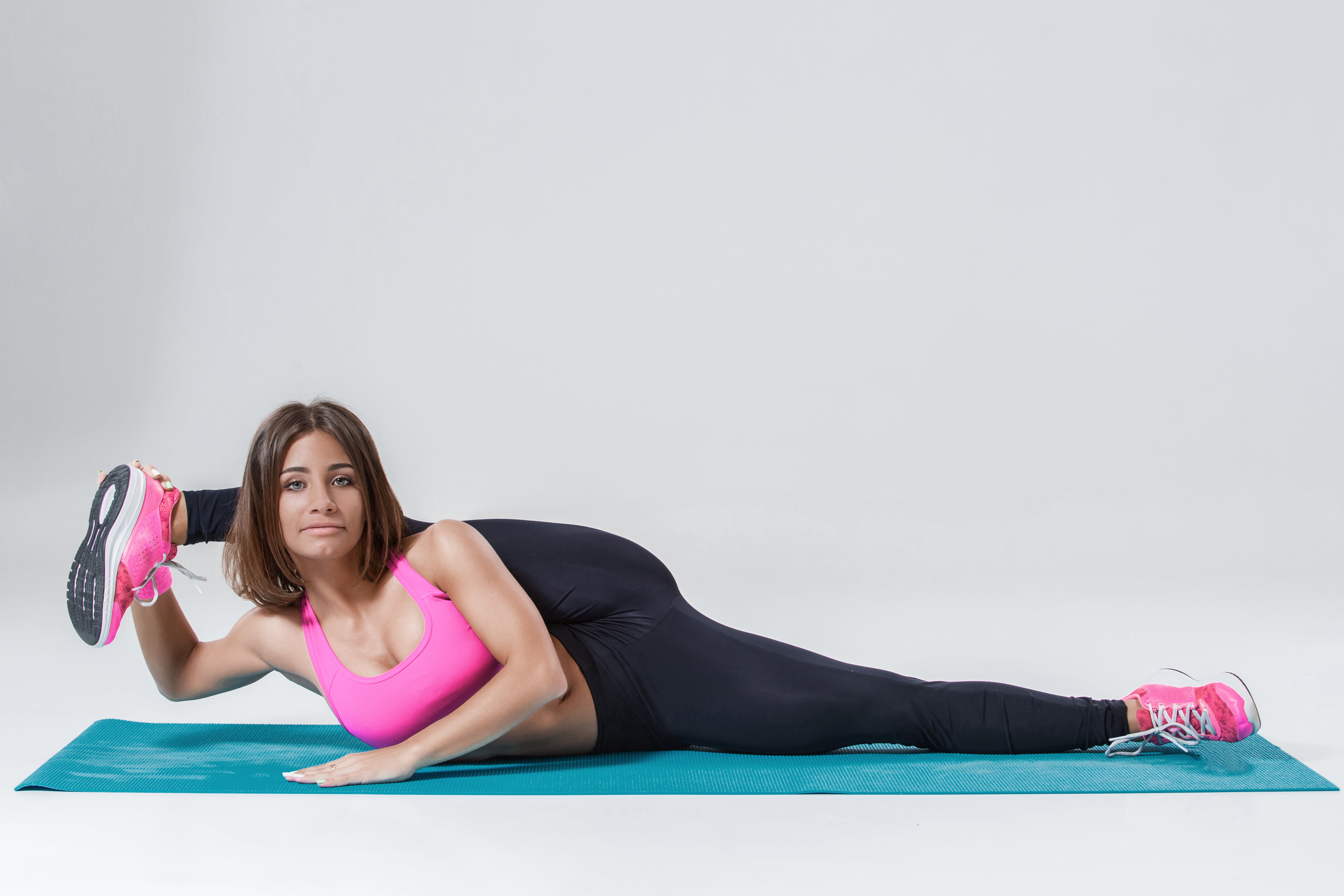Disc golf is a fun and challenging sport that requires a variety of physical skills, including strength, endurance, and flexibility. While playing disc golf can provide a great workout and many physical benefits, it can also put strain on the body, especially on the muscles and joints of the lower body. To help prevent injuries and optimize your performance, it’s important to properly warm up and stretch your muscles before playing. In this article, we’ll focus on the importance of hamstring stretches before disc golfing.
The hamstrings are a group of three muscles located at the back of the thighs. They are responsible for extending the hip and flexing the knee, and are essential for many activities, including walking, running, and jumping. Tight or inflexible hamstrings can cause a variety of issues, including lower back pain, knee pain, and even muscle strains or tears. By stretching your hamstrings before playing disc golf, you can help to prevent these problems and improve your overall performance.
There are many benefits to stretching your hamstrings before playing disc golf. First and foremost, stretching can help to improve the flexibility and range of motion of your hamstrings. This can make it easier to perform the various movements required during disc golf, such as stretching out from the rough and walking the course. Improved flexibility can also help you generate more power and speed during your shots, which can enhance your overall performance on the course.
In addition to improving flexibility, stretching your hamstrings before disc golf can also help to reduce your risk of injury. Properly stretched muscles are less likely to become strained or torn during physical activity, so by stretching before you play, you can help to protect your body and ensure that you are able to play at your best.
Stretching your hamstrings can also help to improve your recovery after playing. By improving blood flow and reducing muscle soreness, stretching can help your body recover more quickly and feel less sore after a round of disc golf. This can help you stay healthy and stay on the course, rather than being sidelined by injuries or muscle soreness.
There are many different stretches that can help to stretch and loosen the hamstrings. Here are a few simple stretches that you can try before playing disc golf:
- Seated forward bend: Sit on the ground with your legs extended in front of you. Slowly lean forward and reach towards your toes, keeping your back straight. Hold the stretch for 20-30 seconds and then release.
- Standing forward bend: Stand with your feet shoulder-width apart and your hands on your hips. Slowly hinge forward at the hips, reaching towards your toes while keeping your knees slightly bent. Hold the stretch for 20-30 seconds and then release.
- Lunge stretch: Step forward into a lunge position with one leg, keeping your back straight and your front knee directly over your ankle. Reach down towards your toes on your back leg and hold the stretch for 20-30 seconds. Switch legs and repeat on the other side.
- Laying hamstring stretch: Lie on your back with your legs extended in front of you. Loop a towel or band around one foot and gently pull your leg towards your chest, keeping your back flat on the ground. Hold the stretch for 20-30 seconds and then release. Repeat on the other side.
- Downward facing dog: Start in a push-up position with your hands and feet on the ground. Lift your hips up and back, forming an inverted V shape with your body. Reach your heels towards the ground and hold the stretch for 20-30 seconds.
Remember to always stretch slowly and gently, and never force your body into a stretch beyond its limits. If you feel any pain or discomfort during a stretch, stop immediately and modify the stretch as needed.
In addition to stretching, it’s also important to include other warm-up activities in your routine, such as dynamic stretches (e.g. leg swings, leg circles) and light cardiovascular exercise (e.g. jogging, jumping jacks). This can help to further loosen your muscles and prepare your body for the physical demands of disc golf.
After your round, be sure to stretch again to help your muscles recover and reduce muscle soreness. You can use the same stretches listed above, or incorporate other stretches such as calf stretches, quad stretches, and hip flexor stretches to help target different muscle groups.
By incorporating regular stretching into your disc golf routine, you can help keep your muscles and joints healthy, improve your flexibility and performance, and reduce your risk of injury. So take a few minutes to stretch before and after your rounds, and you’ll be on your way to a more enjoyable and rewarding disc golf experience.
In conclusion, stretching your hamstrings before playing disc golf is an important step in preventing injuries and optimizing your performance. By improving flexibility, reducing the risk of injury, and enhancing recovery, stretching can help you stay healthy and play your best on the course. Remember to always stretch slowly and gently, and to include other warm-up activities in your routine as well. And don’t forget to stretch after your round to help your muscles recover and reduce muscle soreness. By incorporating regular stretching into your disc golf routine, you can help ensure that you are able to enjoy the sport to the fullest.
Disclaimer: This article is intended for informational purposes only and should not be taken as medical advice. If you have any concerns about your health or physical fitness, you should consult a medical professional. Always warm up and stretch properly before participating in any physical activity to reduce the risk of injury.
